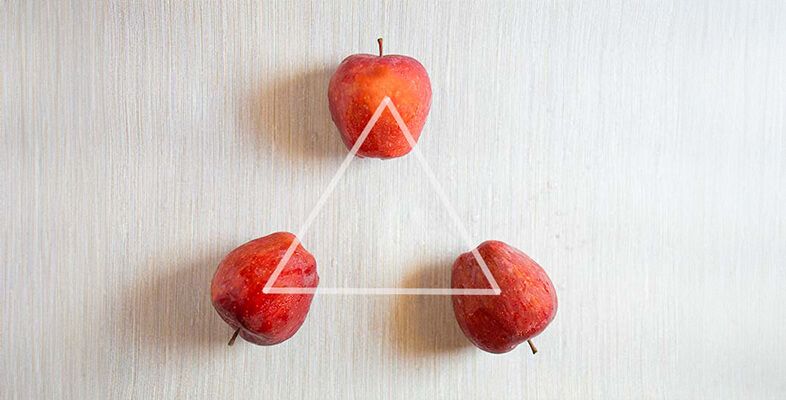Photography Techniques: Understanding the Rule of Odds Photography
Photography is both an art and a science that constantly evolves. One of the essential techniques to grasp for creating stunning and impactful images is the "Rule of Odds." This technique can significantly enhance your compositions, especially when working with subjects that are best viewed in groups. Let's dive deep into what this rule entails, when it is most useful, the essential gear needed, and a step-by-step approach to capturing those perfect shots.
What is Rule of Odds Photography?
The Rule of Odds is a compositional principle that suggests that an odd number of subjects within a frame creates a more visually appealing image than an even number. This stems from the idea that odd numbers—like three, five, or seven—tend to create a natural balance and lead the viewer’s eye around the photograph more easily.
By utilizing odd numbers in your compositions, such as three flowers, five apples, or seven people, you can create a focal point that draws attention and maintains interest. Additionally, odd numbers tend to create a sense of symmetry and movement, allowing for a more dynamic image.
When is the Rule of Odds Photography Technique Useful?
The Rule of Odds is especially useful in various types of photography, including portrait, still life, and nature photography. This technique can be employed in scenarios where you want to highlight the relationships between subjects or when you're trying to evoke a certain mood.
In portrait photography, for example, capturing a family of three or five can bring a sense of warmth and connection. Similarly, in still life photography, arranging objects in odd numbers can create a more engaging composition that compels viewers to look deeper into the image. The Rule of Odds also works well in nature photography, wherein presenting flowers or wildlife in groups of odd numbers enhances the organic feel of the shot.

Essential Gear for Rule of Odds Photography Images
While the Rule of Odds focuses primarily on composition, certain photography gear can help enhance your ability to make the most of this technique.
Camera and Lens
A good DSLR or mirrorless camera is essential for capturing high-quality images. A versatile lens, such as a 24-70mm zoom lens, allows you to adjust your framing easily while keeping subjects in focus. A macro lens can also be beneficial for detailed still life compositions.
Tripod
Stability is crucial for achieving sharp photographs, particularly in low-light conditions or when using slower shutter speeds. A sturdy tripod not only ensures that your framing is consistent but also allows for precise adjustments in composition.
Lighting Equipment
Natural light can be beautiful, but having a portable flash or softbox can vastly improve the quality of your images, especially in indoor settings. Proper lighting enhances the details and colors of the subjects, making your odd-numbered compositions stand out.
Editing Software
Post-processing tools such as Adobe Lightroom or Photoshop are invaluable for refining your images after capturing them. With these programs, you can adjust exposure, contrast, and color balance to ensure your final photograph is as striking as possible.
How to Capture Rule of Odds Photography Photos: A Step-by-Step Approach
Capturing successful photographs utilizing the Rule of Odds involves a combination of planning and execution. Here’s a simple step-by-step guide:
Step 1: Plan Your Shot
Before heading out or setting up your scene, think about the subject you want to photograph. Consider what odd-numbered groupings may work well—perhaps three flowers or five fruits. Make a rough sketch or note ideas to visualize your composition.
Step 2: Set Up Your Composition
Begin by arranging your subjects in odd numbers. Experiment with different arrangements and be aware of the backgrounds and any distractions. Within your frame, create a sense of balance while also ensuring there is enough negative space to let your subjects "breathe."
Step 3: Adjust Your Camera Settings
Based on the lighting conditions, adjust your camera settings accordingly. Make sure to use a suitable aperture to achieve the desired depth of field. An aperture around f/4 to f/8 is generally favorable for still life, allowing enough sharpness while maintaining a blurred background.
Step 4: Utilize Lighting
Position your subjects so that they are well-lit, either through natural sunlight or with your portable lighting equipment. Take test shots to ensure the light enhances the subjects and adds dimension, without creating harsh shadows or overexposed areas.
Step 5: Capture the Shot
With everything in place, it’s time to take your photograph. Use your tripod for stability, and experiment with different angles and perspectives to find the most striking shot. Take your time and review your images afterward to evaluate what works and what can be improved.
Step 6: Edit and Refine
Once you've captured your images, utilize editing software to fine-tune them. Adjust exposure, contrast, and composition as needed. Cropping can also enhance the focus on your odd-numbered subjects. The goal is to create a cohesive and engaging image that effectively communicates your artistic vision.
Conclusion
The Rule of Odds is a powerful technique that adds depth and appeal to your photography. By understanding this rule and utilizing it effectively, you can create striking images that capture your viewer’s attention. With the right gear and a thoughtful approach, your odds of producing captivating photos increase significantly. Embrace this technique, experiment with odd numbers in your compositions, and watch your photography skills flourish!

Or Get YourMoney Back
back your money in the rare case you are not satisfied with the quality of your
damage-free pictures. Only $38 for most image restorations regardless of damage

All rights reserved.